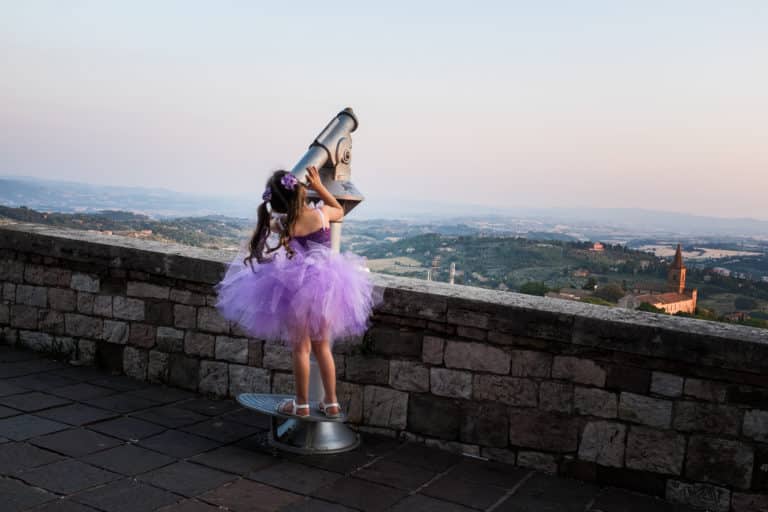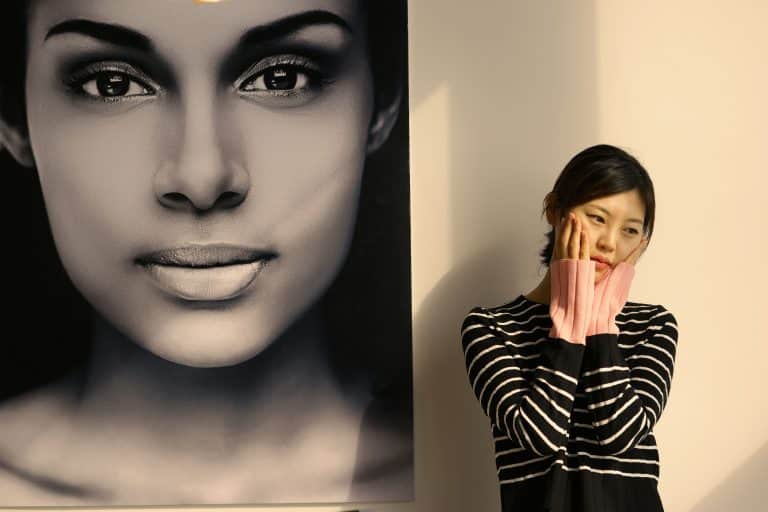
Image by Tom Waterhouse/Flickr, Attribution-NonCommercial.
The Story We Tell with Our Stuff
I’ve been thinking a lot about the objects that surround us: the down jackets and the iPhones, the cordless blenders and the picnic blankets, the toys and the books. We have closets full, drawers full, cars full, garages full, attics and basements full, even storage units full.
Too often, it feels like our stuff threatens to overtake us, as if it has a life of its own, rather than being an assemblage of our own incremental and, yes, largely unconscious making. You wake up one day, look around, and think: Where did all this stuff come from? Who bought all these things? Why in the world did she think she needed them?
“Psychological ownership,” as the experts call it, is a fundamental part of the human condition. Amitai Etzioni, an Israeli-American sociologist, beautifully describes ownership as a “dual creation, part attitude, part object, part in the mind, part ‘real.’”
We crave to own, at first, because it’s a way of feeling a sense of control over a world that is otherwise mostly choreographed by these giant people called adults. Or so says the developmental psychologists.
The geneticists believe we’re hardwired to own, trying to protect stuff that we believe will help us survive. The sociologists and anthropologists point to the vastly different expressions of ownership that emerge in different cultures, especially non-Western, where, of course, ownership reigns. And the socio-biologists — the peacemakers in this particular argument, as in so many — say it’s somewhere in between. We want to own, both because it is part of our survival instinct, but also because other people teach us that ownership is good, safe, pleasurable.
As we get older, particularly in Western cultures, our interest in ownership becomes intertwined with our need for a unique identity. We still want to control, but we also want to author ourselves through our objects. French philosopher John Paul Sartre went so far as to argue that “to have” is one of the three categories of human existence (along with “to do” and “to be”):
“The totality of my possessions reflects the totality of my being. I am what I have … What is mine is myself.”
It might feel a step too far, especially for those of us who pride ourselves on not being materialistic, and yet, when you look at the role that your stuff plays in your life, it’s awfully intimate and definitive. What shoes are you wearing right now? What do you imagine they say about who you are? Just those two questions can send you down a rabbit hole of self-examination.
In other words, we use stuff to try to tell a very nuanced, calculated story about ourselves on a daily basis. We’re pretty attached to it. We put a lot of energy into it. In large part, it’s about how we anticipate others will read the symbols we’ve chosen.
After reveling in this beautiful photo project called Burning House, I was inspired to take to Facebook and ask people a simple question: What is the most valuable thing you own? The answers took my breath away:
- “My Narnia set or my cello.”
- “My former golden retriever’s ashes (although they are really just stardust anyway).”
- “I archive photographs and letters and family history. If these were gone I’d be devastated.”
- “My passport.”
- “Our bedframe. We move a lot, so having a high-quality sleep, and also framing the room, makes every place into our home.”
- “My mother’s shirt. Sealed in a plastic bag that still smells like her 10 years later. It is the one visceral experience I have left of my mother, who was killed 10 years ago.”
- “My box of handwritten letters (that have been sent to me) from the past 10 years.”
- “The giant dictionary I inherited from my grandfather.”
- “My laptop, jeans, good shoes to walk in, and a good kitchen knife.”
- “My phone because it connects me to the people I love (most are far away).”
- “My Book House (12 volumes) and A Picturesque Tale of Progress (9 volumes) — all by Olive Beaupre Miller.”
- “My bicycle! It is a source of freedom, fun and daily transportation.”
- “My blue stuffed octopus my dad gave me the day I was born that he rescued when our house burned down when I was 8.”
- “A recipe box that belonged to my mom who died when I was 12. It’s full of recipes — many of them my childhood favorites — written in her handwriting.”
- “My 1971 Fender Precision bass guitar.”
The answers told such a simple, instinctual story. People are defined by their people. They are defined by their pleasure. They are defined by their memories. They are defined by their freedom.
That’s about it. All the rest is, well, stuff.


Share your reflection